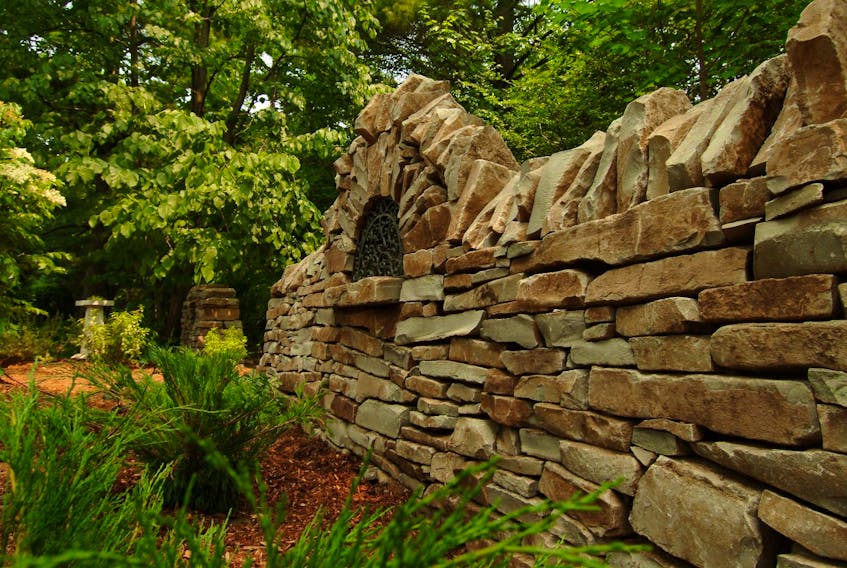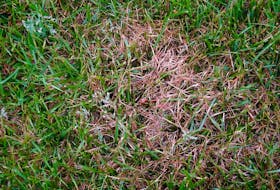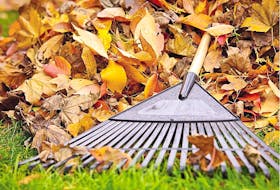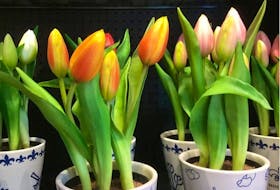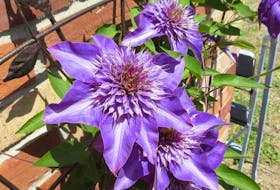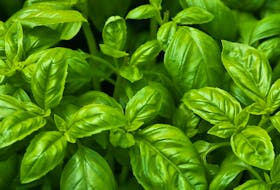They say good fences make better neighbours. I’m not sure who ‘they’ are but I do know that almost every homeowner I design for has some sort of fence request or need for defining their property line. Often fences are used for privacy, to create that feeling of escape in the backyard. Most times, they are as tall as possible and as tight to the edge of our property as the building codes will allow.
Now, I like a good fence as much as the next person, but sometimes doing the exact same vertical pressure-treated wood panel with lattice on top gets a little dull.
Here are some of my favourite alternative options that might get your own creative juices flowing.
Stone fences
I love stone fences and the permanence they give to a space. Done properly, these fences will last several lifetimes and as they age, they visually get better with mosses growing on them and the patina that only occurs with time.
The downside of stone is usually the cost; sometimes it’s the material, but often it’s the labour. I worked with a team to create a dry-laid stone wall from local fieldstones.
It took days to get it right, but if you like to do puzzles (especially without the picture on the box), this might be right for you. Consider adding details into your wall like metal filigree pieces to create visual interest.
Split-rail fences
Split-rail fences are a new passion of mine. They are absolutely useless for privacy, but when you get a beautiful flowering vine like clematis growing on them, you have a show stopper. I like to use these lower fences to frame spaces like a vegetable garden or a wild flower meadow.
If you want to use these to define your space, consider planting a dense hedge behind them. An old-fashioned lilac or a purple smokebush behind a split-rail fence acts as privacy and often as a windbreak in the winter.
Chain-link fence
Many of today’s homeowners didn’t get to pick what style of fence they have and got stuck with a chain link wall. These are definitely not my favourite either, but I do feel like they are an opportunity to grow something vertical and green. I love to plant aggressive vines on my chain-link fences. A few personal favourites include Virginia creeper, due to its bright red fall colour. I also love the large leaves of both Boston ivy and Dutchman’s pipe.
If you are patient, growing a climbing hydrangea can be visually stunning but often takes five to seven years before you really see much progress as they are notoriously slow growing.
Whichever option you decide to go with, make sure to look at your fence as a backdrop for the rest of the space. Narrow yards, or minimalist-designed spaces don’t offer as much visual interest to distract the eye, so the perimeter fence becomes a focal point. Who really wants the fence to be the first thing your guests see when they come to visit? Although ... with these three options ... maybe you do!
Carson Arthur is an international landscape designer and media personality with a focus on environmentally friendly design and low maintenance outdoor rooms.

